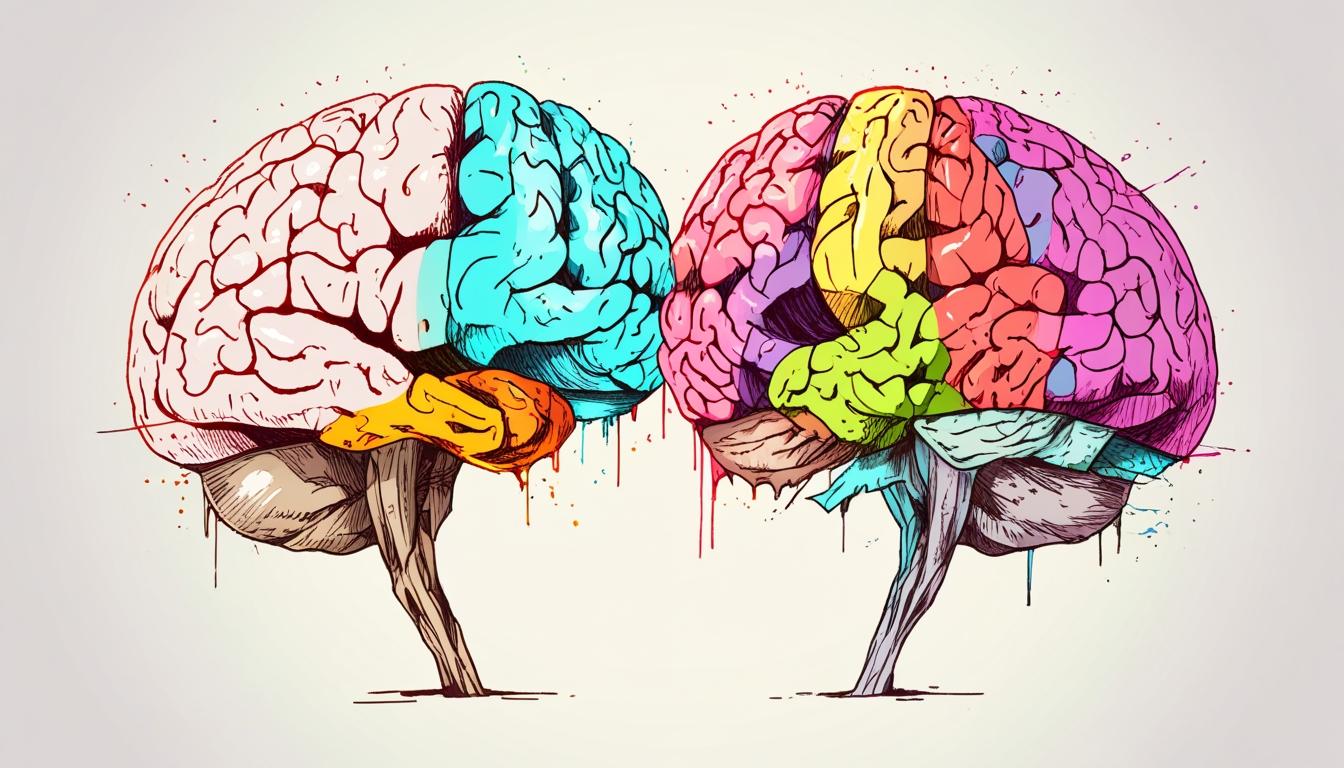The popular television series "Severance," which first aired in 2022, presents a compelling yet fictional scenario where employees have undergone a radical medical procedure known as "severance." This procedure is designed to create a distinct mental separation between their work and personal lives, preventing employees from recalling their out-of-work experiences while at the office, and vice versa. In an exploration of the implications of such a fictional narrative, science journalist Hannah Thomasy's recent article in The Scientist discusses the real-world phenomenon of split-brain syndrome and its neuroscience.
While the idea of severance as depicted in the series involves implanting a chip into the brain to foster separate conscious experiences, the actual surgical procedure known as corpus callosotomy retains a basis in medical practice. This operation, which has been performed since the 1940s, involves cutting the corpus callosum, the major bundle of nerves that facilitates communication between the brain's right and left hemispheres. This method has found application in the treatment of severe epilepsy, allowing for greater control over seizure activity by limiting the spread of abnormal neural disruptions.
Neurosurgeon Michael Egnor, who has performed corpus callosotomy, describes the procedure as pivotal for patients whose seizure conditions are unresponsive to medication. Speaking about this, Egnor states, “Corpus callosotomy is a type of epilepsy surgery to treat seizures when antiseizure medications don’t help.”
The implications of this surgical procedure have sparked intrigue regarding the nature of consciousness itself. Some neuroscientists propose that patients who undergo this surgery may manifest dual consciousness, a notion that has drawn attention based on observed behaviours like "wild-hand syndrome." Gonzalo Munevar of Lawrence Technical University comments on this phenomenon, stating, “This [split-brain surgery] cemented the belief that two consciousness may exist side by side, so to speak." In some cases, split-brain patients have displayed conflicting actions from each hand, leading to the suggestion that the right and left hemispheres might each possess their own consciousness.
However, not all researchers align with this interpretation. Munevar notes that the conclusion of dual consciousness lacks strong empirical support, pointing out that these behaviours may better represent how different hemispheres consciously engage with tasks at different times rather than indicative of distinct awareness. This perspective posits that the aforementioned "wild-hand syndrome" provides a tenuous foundation for claiming the existence of two separate conscious entities.
Further advancing this narrative is the work of Roger Sperry, a Nobel laureate whose experiments revealed the limitations in perception for individuals with split brains. For instance, a participant might be able to see an object, like an apple, yet would struggle to verbally identify it without moving their head. This capability might remain unnoticed in everyday situations, as the individual may instinctively compensate through subtle movements.
Recent research is painting a more robust picture of brain resilience following surgical interventions, suggesting that the human brain does not strictly adhere to previously held notions of hemispheric role separation. Functional neuroimaging studies are revealing complexities regarding brain functioning, indicating that the right hemisphere also has notable contributions to language processes, a role historically dominated by the left.
Overall, as Thomasy notes in her article, the traditional boundaries between the brain's hemispheres might not be as distinct as once believed. Even after the corpus callosum is severed, studies show that the two sides can still maintain communication to an extent, further complicating the discussions surrounding the nature of consciousness.
Although the concept of having two disconnected consciousnesses plays well into the realm of science fiction, it remains a topic of heated debate and ongoing research within the scientific community, illustrating the complexities associated with human cognition and neural function.
Source: Noah Wire Services
